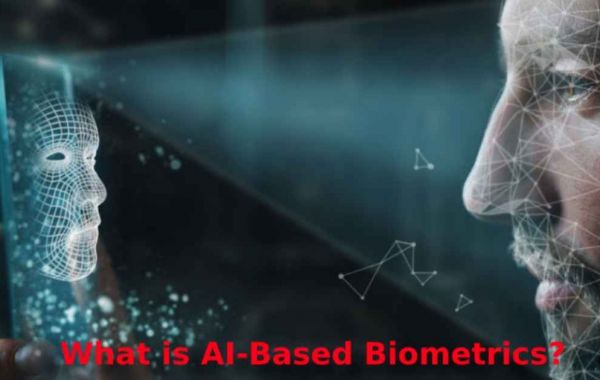Identity theft is one of the most widespread forms of cybercrime practiced by criminals over the internet. An identity is unique to each individual, as it based on distinct biological characteristics. Stealing another individual’s identity is considered a serious offense worldwide, because of which cyber protection laws have been strictly enforced. However, the situation is drastically improving with the emergence of artificial intelligence and facial recognition systems.
Facial recognition technology has gained prominence ever since the onset of digital transformation in recent years. Because of the high demand for face identification, its market is forecasted to reach a value of USD 12.75 billion by 2026, up from a value of USD 4.84 billion in 2020.
The contributing factors behind its growth include:
- Biometric facial recognition systems are intuitive and have a rapid turnaround time
- Facial recognition technology is a subset of machine learning, artificial intelligence, and computer vision for fraud detection
Facial recognition systems posing challenges for Fraudsters
Artificial intelligence algorithms have paved the way for enhanced customer identification. By incorporating biological features of the end-user, AI is at the forefront of the battle against fraudsters. Listed below are a few characteristics of modern facial recognition systems through which identities can be verified online:
Liveness Detection
An AI-powered biometric facial recognition system comes with the added feature of liveness detection. During this process, the physical presence of the customer is analyzed while the facial recognition process is underway. This minimizes the occurrence of identity theft, as where ID documents can be replicated, physical presence cannot.
3-D Depth Sensing
From traditional 2-dimensional face prints to the creation of 3-D depth perception models, facial recognition systems have been completely revamped. Through 3-D depth sensing, the user’s face is analyzed more thoroughly, making the identity verification process more refined. This provides prevention against spoof attacks, eye-cut photo attacks, video replays, and face masks used by imposters disguised as someone else.
Facial Expression Analysis
Micro-expressions found on an individual’s face can now be analyzed with the help of face recognition online. By using artificial intelligence algorithms, expression analysis has become a present-day reality. This makes it easier for businesses to further streamline the verification process.
Which Industries Can Benefit From Face Identification?
In this section, we will be looking at five industries that are reaping the benefits of facial recognition systems.
The Social Media Industry
Facial recognition systems are commonly found in numerous social media platforms today. For example, you might have experienced it while using filters in Snapchat or when Facebook tags your friends in pictures and photo albums.
The E-commerce Sector
Major e-commerce industry giants, such as Amazon and Alibaba, have introduced facial recognition systems to ensure rapid and secure payment processes. Although the initiative has been paused, for the time being, its efficient employment can bring convenience not just for the customers, but online businesses as well.
The Travel Industry
For timely detection of criminals entering or leaving a country, and to ensure the safety of travelers, airports have been equipped with face recognition kiosks. With the help of facial recognition systems, ID cards, visas, and passports can be verified within seconds, weeding out any signs of fraudulent attempts.
For instance, Brazil has fully embraced biometric technology by introducing facial recognition systems to verify individuals even with their masks on. enhanced AI-powered facial recognition search that can verify people with their masks on during the pandemic. US airports have also introduced the technology, while subway stations in the UAE are also integrated with it.
The Corporate Sector
As an enhanced method for preventing spoof attacks, phishing attempts, and data breaches, corporate offices have also started utilizing facial recognition technology. Additionally, the technology is also used as a method of attendance and time management.
Healthcare Sector
Technological advancements enhanced the healthcare sector as well. With the help of facial recognition systems, patient identity verified with more accuracy, thus allowing the doctor to provide correct treatments. Furthermore, the telemedicine industry has been gaining prominence with the onset of the pandemic. With biometric technology in place, fraudsters can be easily detected during the initial onboarding stage.








